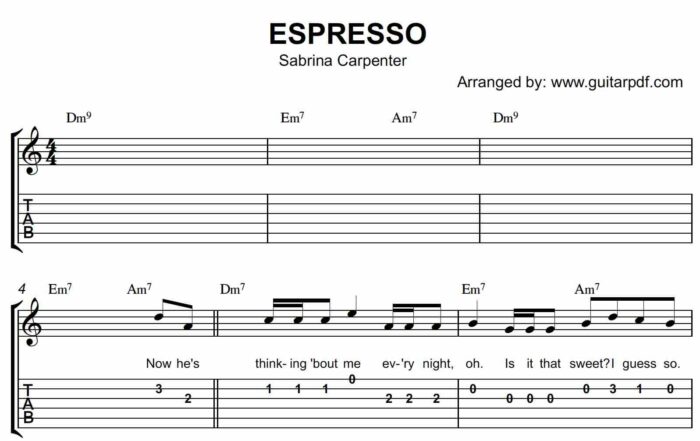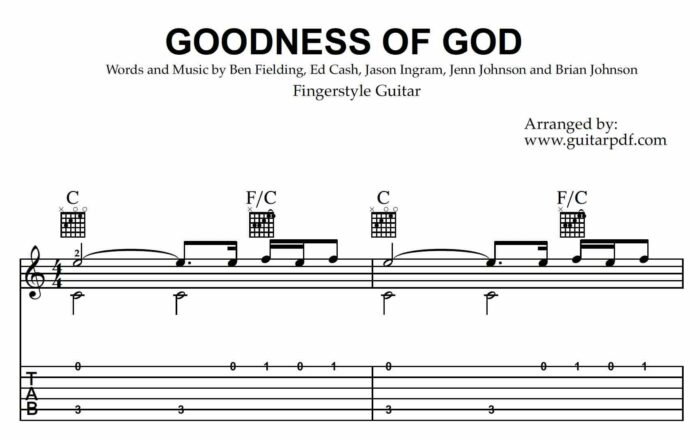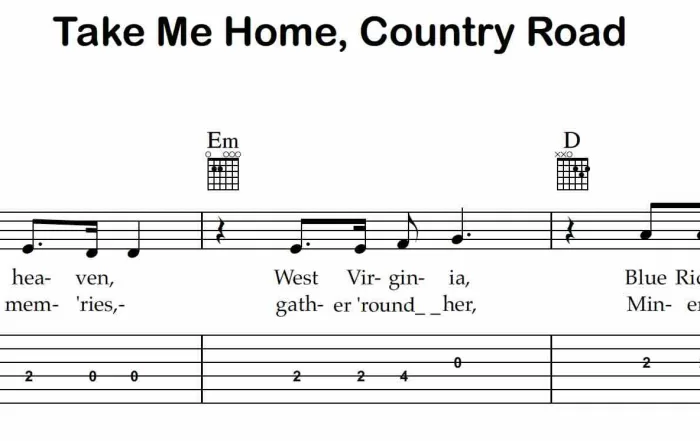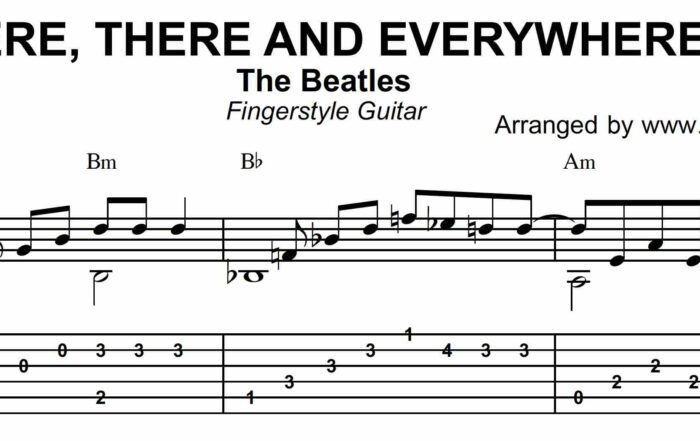How to Use Scales in Soloing and Improvisation
Scales are fundamental tools for guitarists looking to enhance their soloing and improvisation skills. They provide the framework for creating melodies and solos that are harmonically coherent and musically engaging. This article explores how to effectively use scales in soloing and improvisation, offering practical tips and examples to help you develop your own unique sound.
Understanding Scales in Soloing
Scales are sequences of notes arranged in ascending or descending order, forming the foundation for melodies and solos. Each scale has a distinct sound and emotional quality, making it suitable for different musical contexts. By understanding how to use scales, you can craft solos that complement the harmonic structure of a song and express your musical ideas effectively.
Choosing the Right Scale
1. Know Your Chord Progressions
Before improvising, familiarize yourself with the chord progression of the song. Understanding the chords helps you choose the appropriate scale that fits the harmonic structure. For example:
- Major Chord Progressions: Use the major scale or its modes (e.g., Ionian, Lydian) to create melodies that align with the bright, uplifting character of major chords.
- Minor Chord Progressions: Use the natural minor scale or its modes (e.g., Aeolian, Dorian) to complement the darker, more introspective quality of minor chords.
2. Use the Pentatonic Scale
The pentatonic scale is versatile and commonly used in soloing. It’s particularly effective for beginners and experienced players alike due to its simplicity and the fact that it avoids dissonant intervals.
- Major Pentatonic: Fits well over major chords and progressions.
- Minor Pentatonic: Works well over minor chords and blues progressions.
Practical Tips for Using Scales in Soloing
1. Learn Scale Patterns
Familiarize yourself with scale patterns and shapes on the fretboard. Practice these patterns in different keys and positions to build muscle memory and fretboard familiarity.
Example Pattern: A Minor Pentatonic Scale
e|------------------------5-8-|
B|--------------------5-8-------|
G|--------------5-7--------------|
D|--------5-7---------------------|
A|--5-7----------------------------|
E|-------------------------------|
2. Incorporate Techniques
Enhance your solos by incorporating various guitar techniques such as:
- Bends: Add expressiveness by bending notes to reach target pitches.
- Slides: Use slides to connect notes smoothly and add fluidity to your playing.
- Hammer-ons and Pull-offs: These techniques improve speed and create a legato feel.
3. Explore Different Scales and Modes
Expand your improvisational palette by exploring various scales and modes. Each scale or mode offers a unique sound and emotional quality:
- Blues Scale: Adds a “bluesy” feel with its characteristic blue note.
- Dorian Mode: Offers a jazzy flavor with its raised 6th degree.
- Mixolydian Mode: Provides a dominant sound with its lowered 7th degree.
Example of a Mixolydian Scale Pattern (G Mixolydian):
e|-------------------------5-7-|
B|--------------------5-7-------|
G|--------------4-5-7-----------|
D|--------5-7---------------------|
A|--5-7---------------------------|
E|-------------------------------|
4. Use Arpeggios
Arpeggios are the notes of a chord played individually. They help outline chord tones and create melodies that emphasize the harmony of the underlying chords.
Example: A Minor Arpeggio
e|-----------------5-|
B|-------------5-8---|
G|--------5-7---------|
D|-----7---------------|
A|-7-------------------|
E|---------------------|
Improvisation Strategies
1. Start Simple
Begin with simple patterns and phrases. As you gain confidence, gradually add complexity by incorporating more advanced techniques and scale variations.
2. Listen and React
Listen to the backing track or other musicians and react musically. Improvisation is not just about playing scales but about creating melodies that complement the music.
3. Use Call and Response
Create musical phrases that mimic a call-and-response pattern. Play a phrase (the call) and then follow with a contrasting or complementary phrase (the response).
4. Experiment with Phrasing
Vary your phrasing by playing with rhythm, note lengths, and dynamics. This keeps your solos interesting and engaging.
Common Pitfalls and Tips
- Overplaying: Avoid overplaying by staying within the musical context and not flooding the solo with excessive notes.
- Ignoring Rhythm: Pay attention to rhythm and timing. A well-phrased solo with rhythmic variation can be more compelling than a technically perfect but monotonous one.
- Lack of Listening: Ensure you listen actively to the backing track or band. Your solos should interact with the music rather than exist in isolation.
Conclusion
Using scales effectively in soloing and improvisation is key to creating memorable and expressive guitar parts. By understanding the characteristics of different scales, practicing their patterns, and applying various techniques, you can enhance your improvisational skills and craft solos that resonate with your musical ideas. Experiment with different scales and approaches, and remember that the ultimate goal is to communicate your musical voice and connect with your audience.







